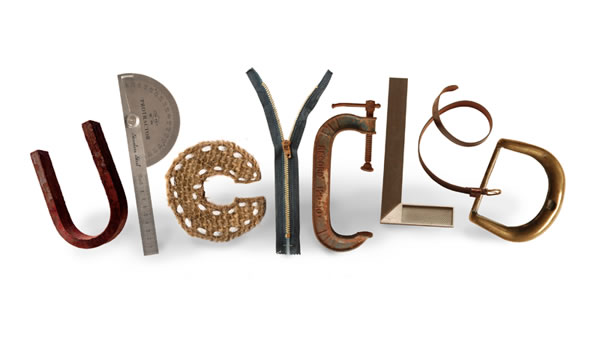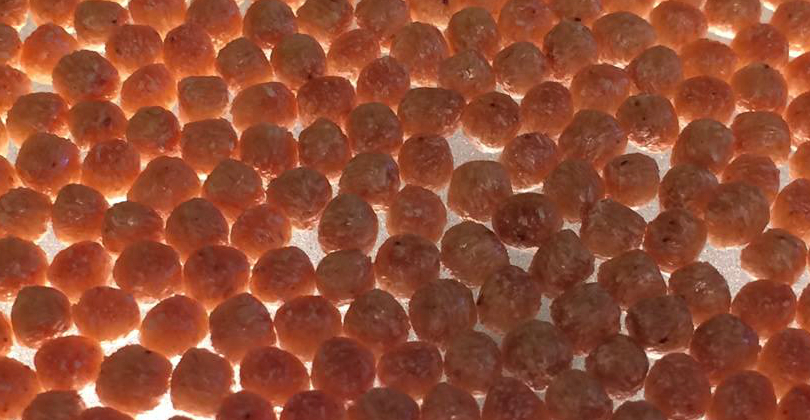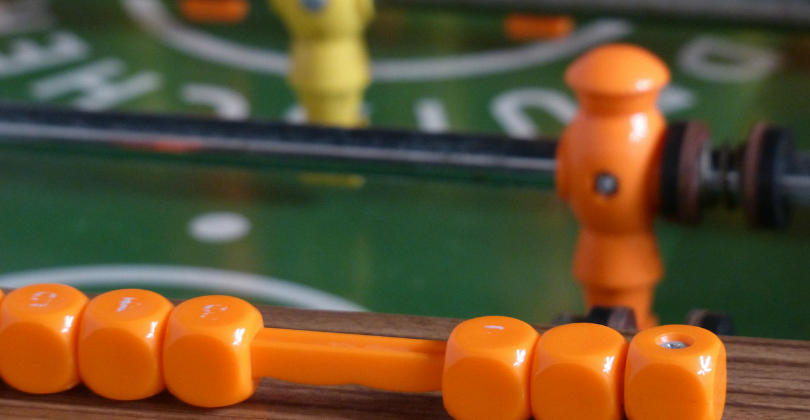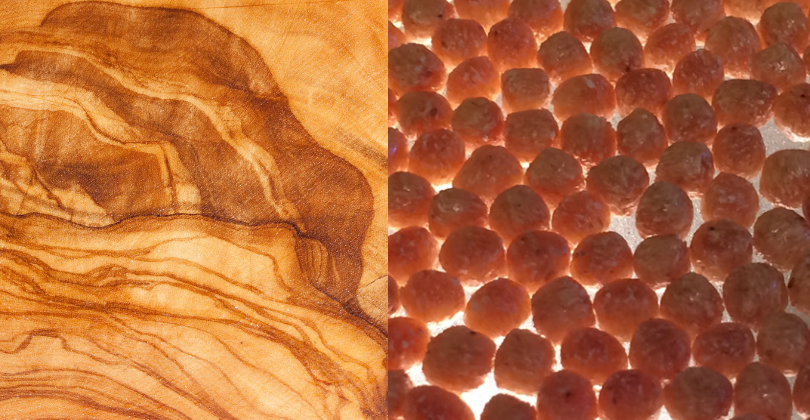
How Green Dot Upcycles Plastics and Agricultural By-products
Upcycling recycled plastics and reclaimed biobased materials has many advantages – it preserves non-renewable resources, decreases carbon emissions, increases markets for recycled plastics, and increases the value of agricultural crops.

Toymakers take the lead on sustainable plastics
Plastics are seemingly the ideal raw material for toys. They’re relatively inexpensive, easy to clean, durable and can be molded into just about anything a child’s imagination is capable of cooking up.
New Product Development Lab Opened
We’re proud to announce the opening of our new product development lab in Ottawa, Kansas. The newly expanded facility can quickly and efficiently produce customized bioplastic and biocomposite materials formulated to our customers’ needs.

Green Dot’s Bioplastic helps 100,000 Comcast Employees Represent Global Citizen at Comcast Cares Day
Green Dot supplies Comcast with over 100,000 Global Citizen street identifier bracelets made with the Green Dot’s Terratek® BD bioplastic.
Four keys to more sustainable plastic
Rising consumer consciousness is continuing to heighten demand for plastic feedstock that isn’t quite so harmful to our planet. But there are a number of strategies for limiting the impact of plastic production, and no single one is likely to solve the sustainability problem on its own.

The difference is choice
At Green Dot, we understand that making plastic products more sustainable can mean different things to different people. A company’s sustainability goals and the value proposition of its products will vary.

Green Dot creates compostable identifier for Global Citizen festival
Everyone has a cause. For us at Green Dot, our cause is presenting consumers with smarter choices when it comes to the goods they buy, such as compostable plastic materials. That’s why we were excited to partner with the platform that exists to connect people and causes, Global Citizen, at this past weekend’s 2015 Global […]

Processing considerations for wood-plastic composites
We’ve discussed factors of wood-plastic composite that affect design, but what about during the processing phase of plastic production? Wood-plastic composites continue to stick to the theme of being relatively similar to traditional plastics in terms of processing, but again, there are a few things manufacturers should consider when using these remarkable materials. Pellet size […]

Formula & tooling considerations for manufacturing with wood-plastic composites
Designing and manufacturing from a wood-plastic composites is a remarkably similar process to working with traditional plastics. There are some additional variables, though, that designers and manufacturers should be aware of when material is being selected for a product. For manufacturers, understanding the effects of different ratios and tooling configurations on the process will help ensure […]

Wood-plastic composite particle size & wood species: The designer’s choice
Compared to traditional plastics, much of the manufacturing process remains the same when working with wood-plastic composites. But product designers should be aware of two key variables when setting off in a more sustainable direction with these biocomposites. Particle size and wood species are two features of wood-plastic composites that designers are able to choose […]









